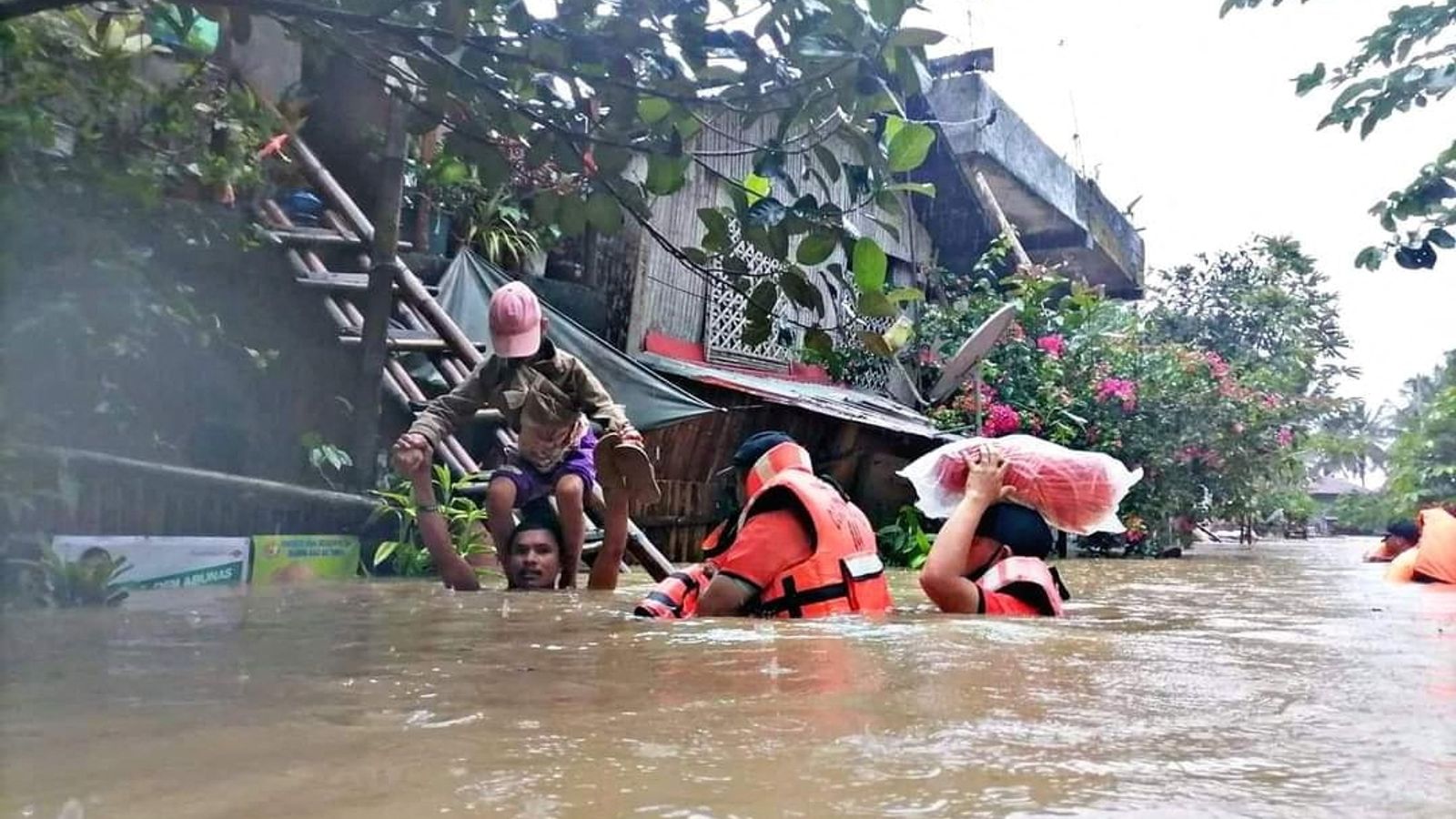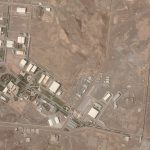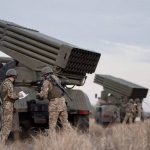At least 25 people have been killed by landslides and floods caused by tropical Storm Megi in the Philippines.
Another 105 people were injured and more feared missing after Storm Megi made landfall on Sunday and swept the eastern and southern coasts of the country with sustained winds of up to 40mph and gusts of up to 49mph.
Police, coast guard, and army personnel retrieved 25 bodies after landslides in mountainous areas in Baybay city in Leyte province, according to the military.
Over 100 communities, especially those near rivers and beaches, were submerged in floods from continuous rains over the weekend.
Colonel Noel Vestuir, an infantry brigade commander, said: “We race against time to rescue those who are hit by landslides and save lives.
“We are saddened by this dreadful incident that caused unfortunate loss of lives and destruction of properties.”
Images shared by the coast guard showed rescuers wading through forests and chest-deep waters, carrying mud-covered survivors on stretchers.
Typhoon Rai: At least 375 dead after powerful storm hit Philippines as governor pleads for more aid
Philippines: Over 200 people dead after Typhoon Rai hits country
Nearly 100,000 evacuated after Typhoon Rai hits the Philippines
Officials said nearly 200 floods were reported in different areas in central and southern provinces over the weekend, displacing around 30,000 families, some of which were moved to emergency shelters.
However, bad weather from continuous rain has hampered search and rescue operations, leaving some villagers trapped on roofs in flooded communities.
“Rescuers did not advance because the ground is still moving, it is dangerous”, Baybay city information officer, Marissa Cano told DZBB radio.
Megi, known in the Philippines by its local name Agaton, is the first storm to hit the typhoon-prone archipelago this year.
At least 20 storms and typhoons batter the Philippines each year, mostly during the rainy season that begins around June. Some storms have hit even during the scorching summer months in recent years.
The disaster-prone Southeast Asian nation also lies on the Pacific ‘Ring of Fire’ where many of the world’s volcanic eruptions and earthquakes occur.






















